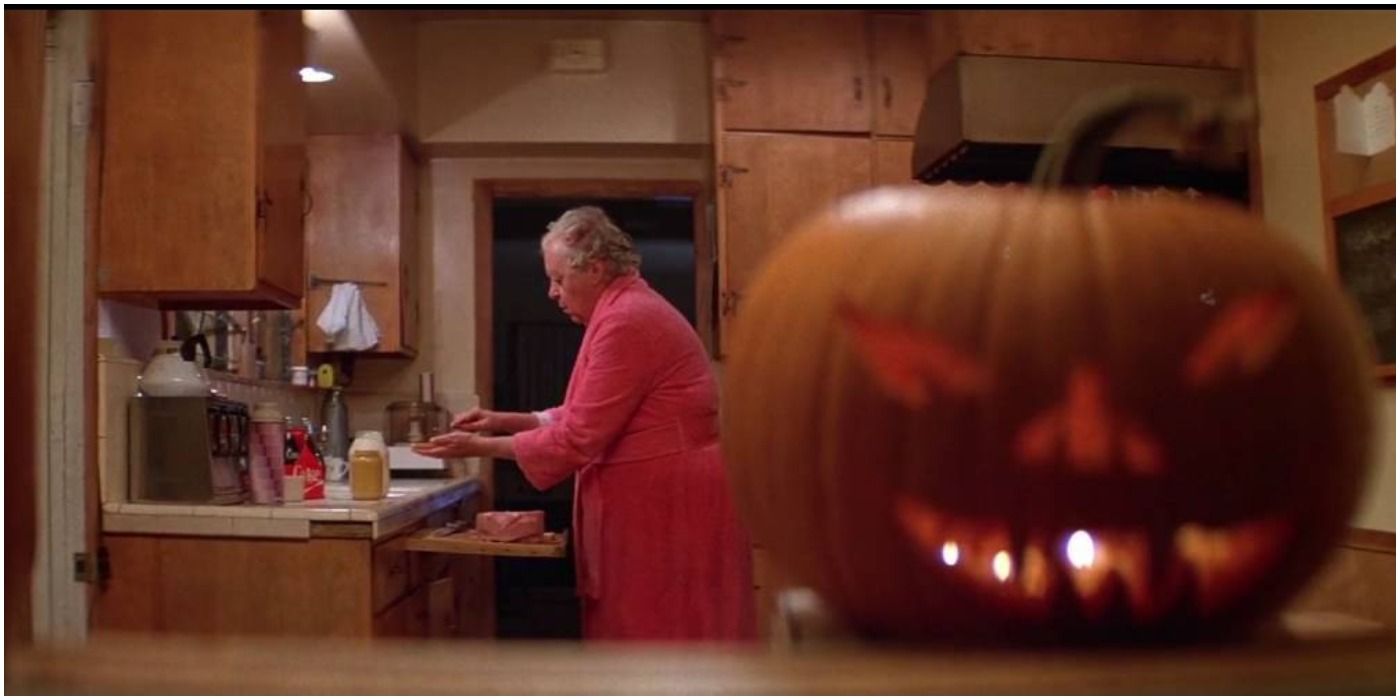John Carpenter’s Halloween debuted on NBC Friday, October 30th 1981—the very night that its sequel was released to theaters. Halloween 2 was the number one film that weekend, and became a hit for Universal. However, it did nowhere near the business expected, especially considering that the original was the highest grossing independent film at the time. Could the edited television debut of Halloween have hurt the box office of its eagerly-awaited follow-up?
When NBC purchased the rights to Halloween for its Friday Night at the Movies slot, the network censors imposed several edits. Since the film was independent and had a modest budget, there were no alternate takes made for a potential network showing. Network standards at the time were very different and a total of 12 minutes were cut from a film just over 90 minutes long. In order to pad the film to fit its two hour time slot, Carpenter shot new footage at the same time they were making the sequel. This new television version was how a generation of kids first experienced the film.
These new scenes, approximately 12 minutes total, manage to slow the efficient pacing and, much to the disappointment of fans, contradict the original cut. When Carpenter wrote the sequel, again with original co-author Debra Hill, he did so reluctantly and with little passion behind it. In a moment of frustration, he decided to make the character of Laurie Strode, played by Jamie Lee Curtis, the sister of psychopath Michael Myers. In the original film, Myers sees the teenager from his home and, perhaps triggered by a memory of his sister, begins stalking her. Nowhere in the film is it suggested that they might be related. A new scene, in the aftermath of Myers’ escape from Smith’s Grove, features the discovery of the word “sister” scrawled on his door.
The TV Debut of Halloween Gave Its Sequel Competition Opening Weekend
While Halloween had already made its HBO debut and could be found on Media Home Entertainment VHS, both cable and home video platforms were still in their infancy. Many of the kids who had no access to those outlets and had missed the theatrical showings of the horror hit were excited to finally see it on television. Debuting the same night as Halloween 2, the broadcast proved a big ratings success for NBC, though it failed to win its time slot against Dallas. Oddly, the network only aired one commercial for the sequel, which was a missed opportunity for Universal to trumpet the premiere.
The holiday proper fell on the following evening, keeping many of the same audience occupied with parties and trick or treating festivities. Despite the direct competition, the Rick Rosenthal-directed sequel opened on 1,200 plus screens, pulling in $7.5 million at the box office. Though these were good numbers, especially for a fall weekend in 1981, they were on the low end of expectations for Universal. The original film had grossed over $50 million at that point and was still a popular title in second-run play. Did the direct competition from its predecessor, which had then been compromised by broadcast standards, soften the opening numbers?
Halloween 2 was the number one film at the box office for two weeks in a row and ended up grossing over $25 million. While it might appear to be a success on paper, given the fact that Carpenter himself shot new footage to bridge the original Halloween and the sequel together, Universal opened it so wide, its domestic gross was underwhelming. While it is difficult to prove that the NBC broadcast cut into the numbers for the follow-up, it does appear that the timing of both debuts had an affect on audience interest. With less hype and less screens, Universal’s An American Werewolf in London grossed over $30 million just two months previously.


